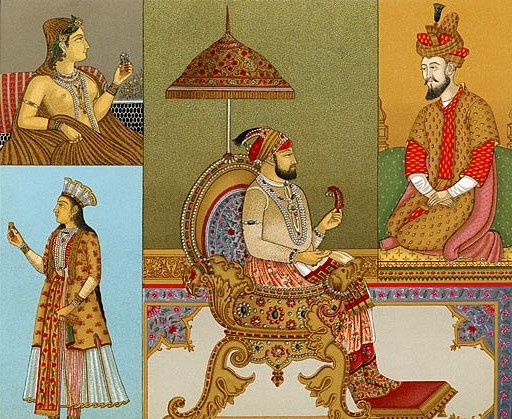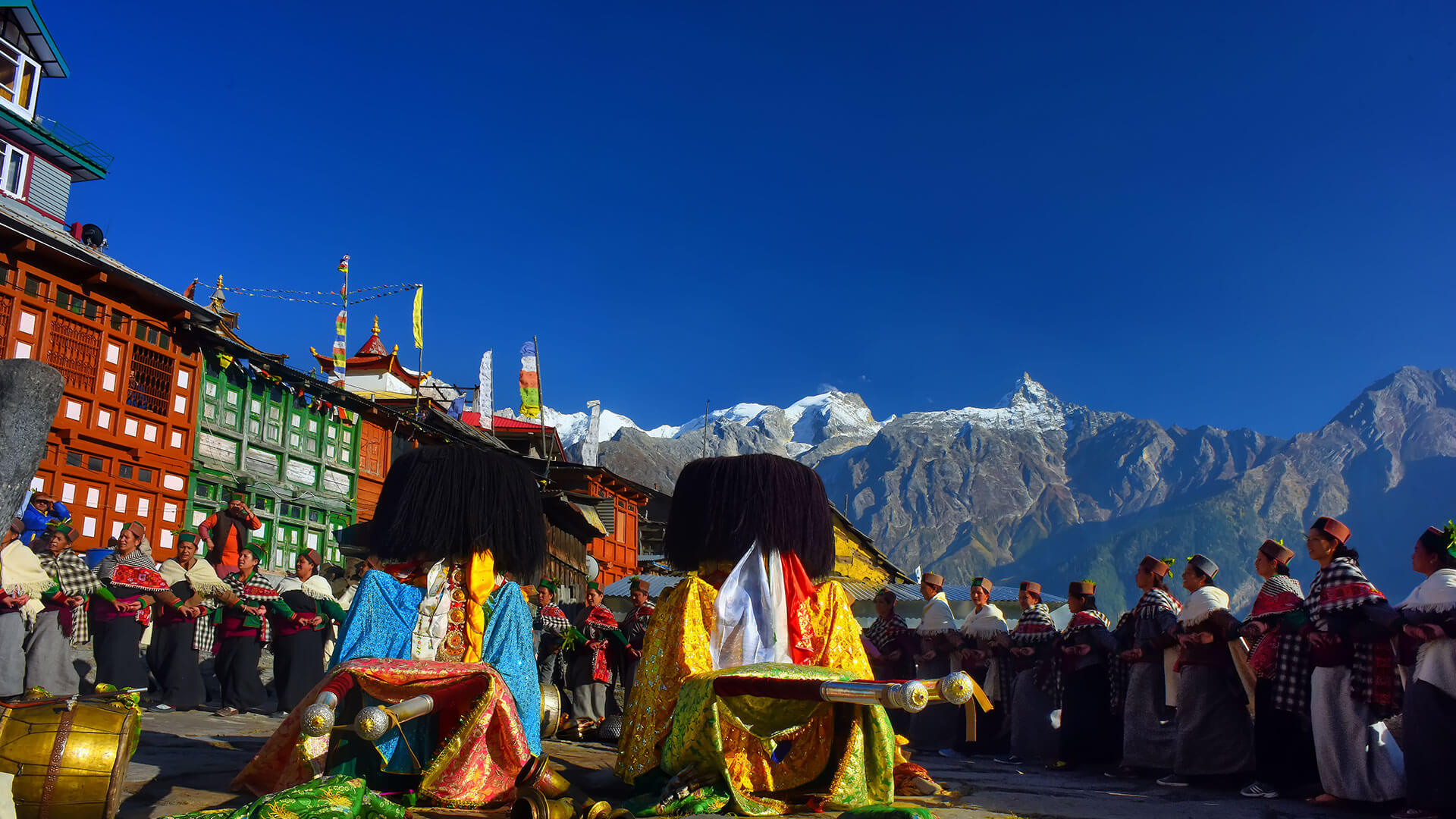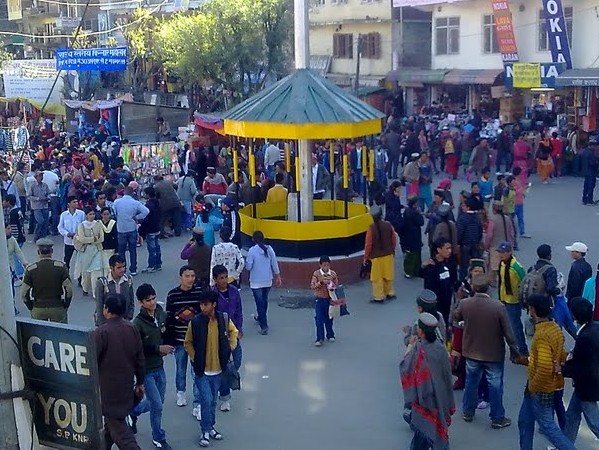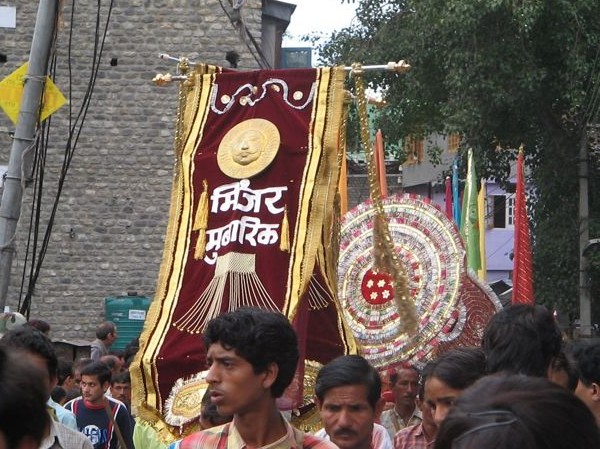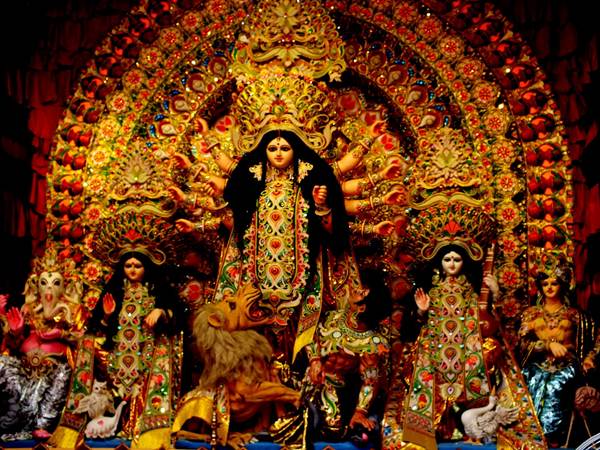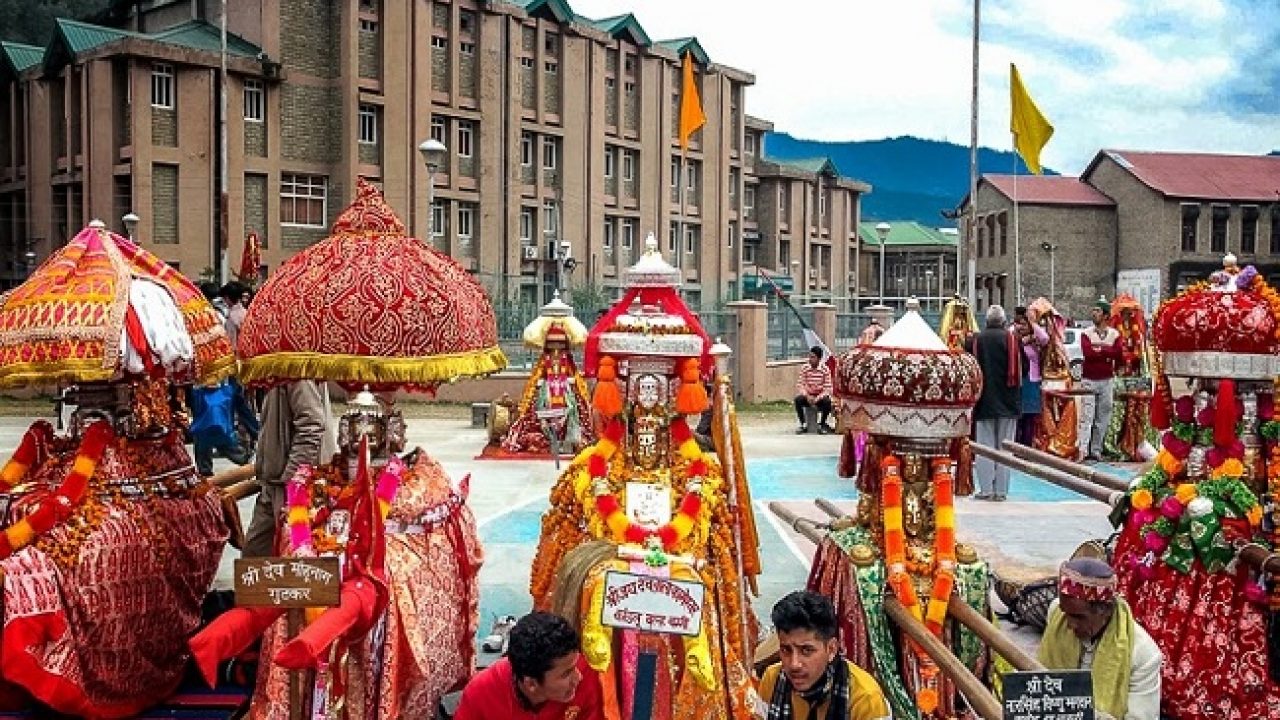Most famous Events in Himachal Pradesh
After freedom of Native indian, Himachal was announced as Partnership place but later on its position was brought up to aspect ‘C’ condition until 1966 when some hilly places of Punjab were combined in this due to re-organzation of Punjab condition. However, it was announced a fullfledged condition on 25.1.71 with 12 regions. It is bigger in place than Punjab, Haryana and Kerala. It is in the north-west of Native indian in the lap of Himalaya. It is enclosed by Jammu-Kashmir in the northern, Uttar Pradesh in the south-east, Haryana in the the southern aspect of and Punjab in the south-west. In the eastern it has limitations with Tibet. It has an level from 450 to 6800 mts. and can be separated into the southern aspect of and northern places. Southern place is heated in summer time and the northern is extremly cool with huge snowfall.
Himachal Pradesh has been on the direction of improvement since Independence. The knowledge amount of the condition is 63% now and is enhancing every several years. The inhabitants has almost stable at about 5 thousand, thanks to great knowledge and efficient family members preparing applications. Every town in the condition has energy and normal water now.
Himachal is basically a energy home when it comes to hydro-electricity. The condition has many public works that utilize the hilly waterways to produce electrical energy. The energy is used by farm owners in Punjab, Haryana and by the sectors in the northern flatlands.Many younger men from Himachal provide the Native indian Military and have performed important aspect in the Nationwide protection. Dharamsala has a war funeral devoted to the storage of those who died for their nation.
Himachal has five great snow-fed waterways streaming through it – the Chenab, Ravi, Beas, Sutlej and Yamuna. Climatically, this condition is divisible into two places – the the southern aspect of which is as heated as the flatlands, and the northern where the summertime are moderate and winter seasons are incredibly cool.
According to the Mahabharta the system which types the existing day Himachal Pradesh was created up of variety of little republics known as Janpadas each of which constituted both a condition and social device.
HIMACHAL GUIDE
Trigarta
The condition lay in the foothills cleared by three waterways, i.e. Ravi, Beas and Satluj and hence the name. It is considered to have been an individual republic.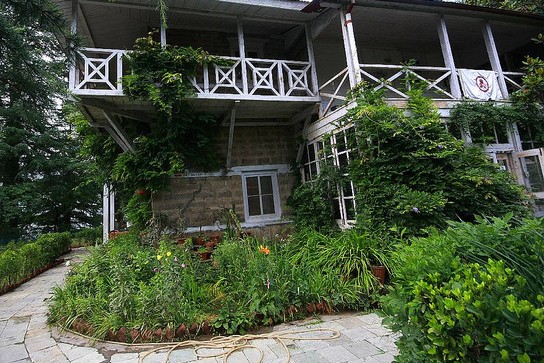
Kuluta
Kulindas
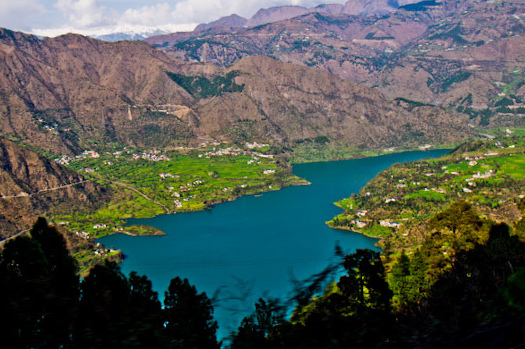
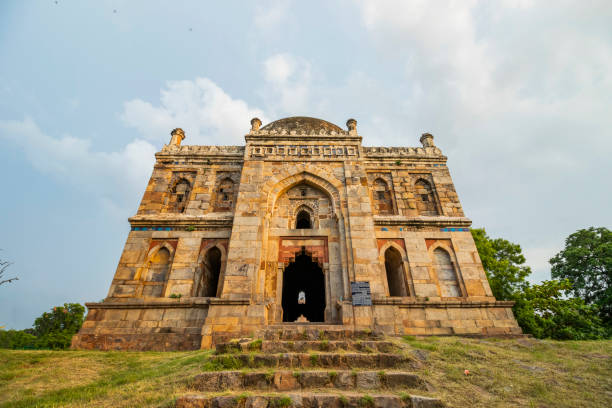
Gupta Empire
Harsha
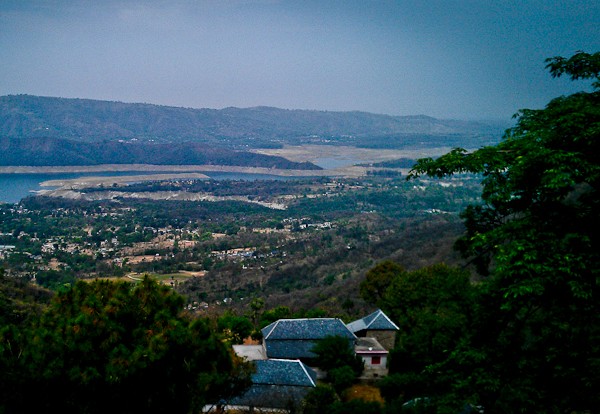
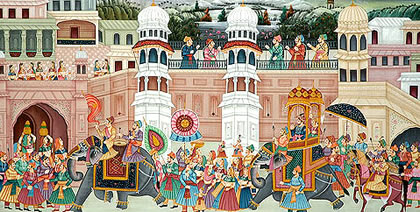
The Rajput Period
A few years after Harsha’s loss of life (647 A.D.) many Rajput declares ascended in Rajsthan and Indus flatlands. They battled amongst themselves and the vanquished shifted to the mountains with their supporters, where they set up little declares or principalities. These declares were Kangra, Nurpur, Suket, Mandi, Kutlehar, Baghal, Bilaspur, Nalagarh, Keonthal, Dhami, Kunihar, Bushahar, Sirmour.
The Mughal Period
